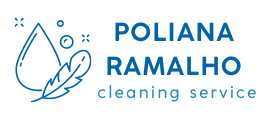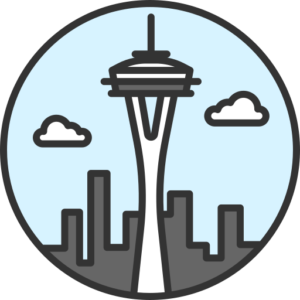Welcome to the everyday cleaning glossary! We know cleaning can sometimes feel like a task, but understanding the cleaning terms doesn’t have to be. Whether you’re a cleaning enthusiast or just trying to keep things tidy, this guide is here to help—and maybe even make the process a bit more enjoyable! So, let’s dive into these common cleaning terms and tips that will keep your space looking its best, with no fuss.

Abrasive Cleaner
A cleaner that contains small particles or gritty substances designed to scrub away tough dirt and grime. Used on surfaces that are resistant to scratching, like tile and some countertops.
All-Purpose Cleaner
A versatile cleaning solution that can be used on various surfaces to remove dirt, grease, and stains. Suitable for everyday cleaning tasks around the home.
Antibacterial
A substance that kills or inhibits the growth of bacteria. Often found in cleaning products designed for kitchens and bathrooms.
Bactericide
A chemical agent that kills bacteria. Used in disinfectants to ensure surfaces are free from harmful bacteria.
Bleach
A strong chemical used for whitening fabrics and disinfecting surfaces. Commonly used in laundry and for cleaning bathrooms and kitchens.
Buffing
A process of polishing a surface to a shine using a soft cloth or a mechanical buffer. Often used on floors, furniture, and metals.
Degreaser
A cleaning agent specifically designed to remove grease and oily residues from surfaces like kitchen appliances and countertops.
Deodorizer
A product that neutralizes or masks unpleasant odors, often used in carpets, fabrics, and air fresheners.
Disinfectant
A cleaning agent that destroys or inactivates harmful microorganisms on surfaces, reducing the risk of infection.
Dusting
The act of removing dust from surfaces using a cloth, duster, or vacuum. Regular dusting helps maintain indoor air quality and prevents the buildup of allergens.
Eco-Friendly Cleaner
A cleaning product made from natural, non-toxic ingredients that are safe for the environment and human health. Often biodegradable and free from harsh chemicals.
Enzyme Cleaner
A cleaner that uses enzymes to break down organic stains like food, pet messes, and blood. Effective for deep cleaning carpets and upholstery.
Green Cleaning
A cleaning practice that uses environmentally friendly products and methods, minimizing the impact on the environment and promoting health.
HEPA Filter
A type of air filter that captures 99.97% of particles as small as 0.3 microns, used in vacuums and air purifiers to improve indoor air quality.
Microfiber Cloth
A highly absorbent, soft cloth made from synthetic fibers, used for dusting, polishing, and general cleaning. Microfiber is effective at trapping dirt and dust without the need for chemicals.
Mildew
A type of fungus that grows in damp, warm environments, often found in bathrooms and basements. Mildew can cause stains and musty odors.
pH Neutral Cleaner
A cleaner with a pH level of 7, which is neither acidic nor alkaline. Safe to use on most surfaces, including delicate ones like wood and marble.
Polish
A product used to create a smooth, shiny finish on surfaces like furniture, floors, and metal. Polish can also protect surfaces from wear and tear.
Sanitizer
A product that reduces the number of bacteria on surfaces to a safe level, as determined by public health standards. Less potent than disinfectants but effective for everyday cleaning.
Scrubbing
The act of rubbing a surface with a brush or abrasive pad to remove stubborn dirt and stains. Often necessary for tough cleaning tasks like grout or oven cleaning.
Spot Cleaning
A targeted cleaning method that focuses on removing a specific stain or spill rather than cleaning the entire surface. Commonly used on carpets and upholstery.
Steam Cleaning
A cleaning method that uses hot steam to sanitize and remove dirt from surfaces like carpets, upholstery, and floors. Steam cleaning is chemical-free and effective at killing germs.
Streak-Free
A term used to describe a clean surface that has no visible streaks or residue, often achieved with the right cleaning technique or product, especially on glass and mirrors.
Vacuuming
The process of using a vacuum cleaner to remove dirt, dust, and debris from floors, carpets, and upholstery. Regular vacuuming helps maintain a clean and allergen-free home.
Wet Cleaning
A cleaning method that uses water and cleaning solutions to remove dirt and stains. Different from dry cleaning, which uses chemical solvents.
Wipe Down
The act of cleaning a surface by wiping it with a cloth or sponge, usually dampened with a cleaning solution. Often used for quick cleanups.
And there you have it—a handy glossary of cleaning terms to keep you in the know as you tackle your cleaning tasks. Whether you’re sprucing up your space or diving into a deep clean, understanding these terms will make the process smoother and more effective. Ready to let the pros handle it? Book now with us and enjoy a sparkling clean home!

